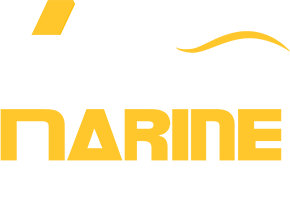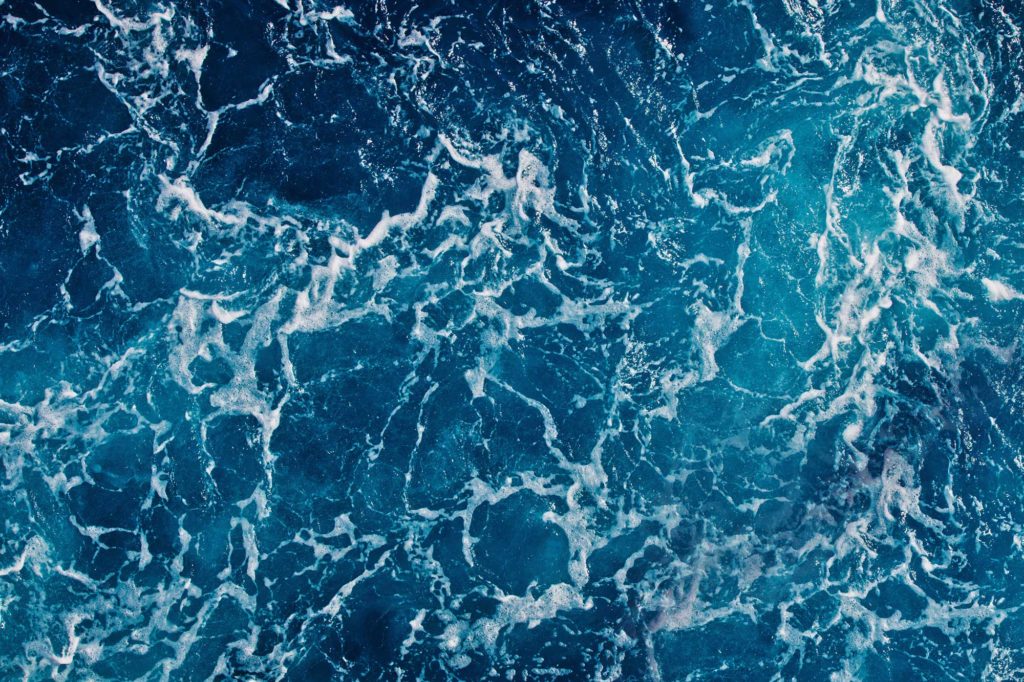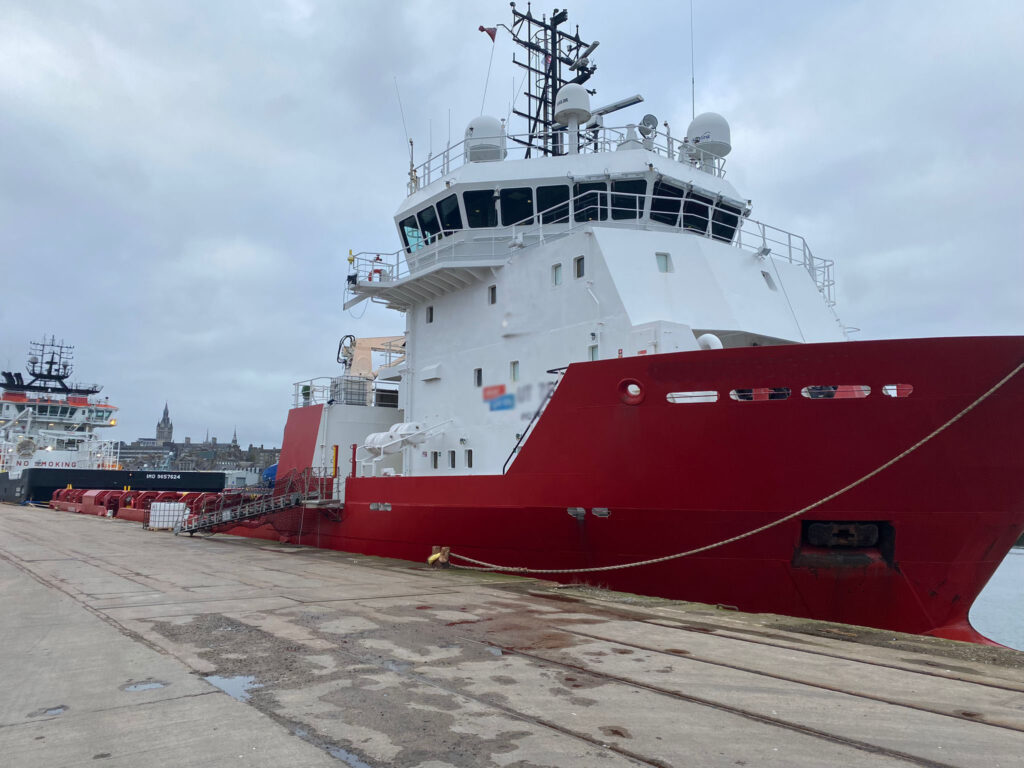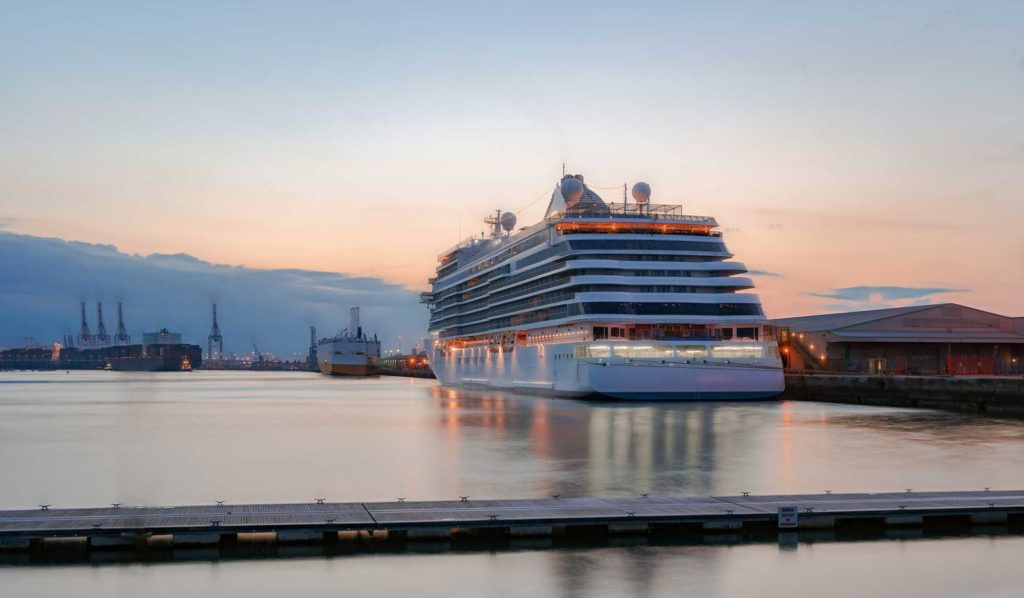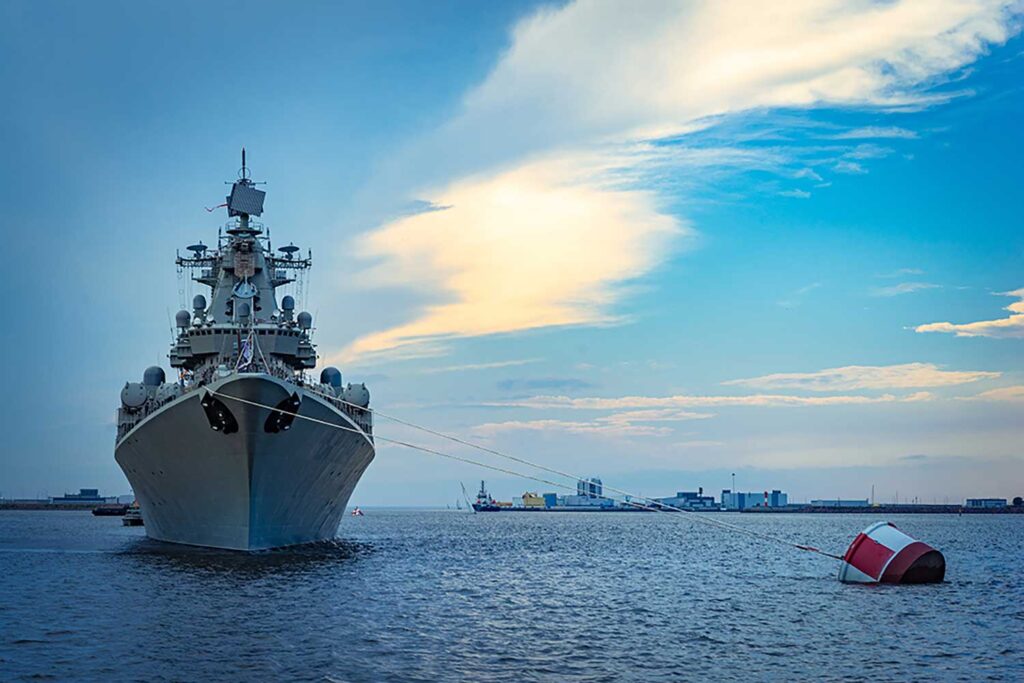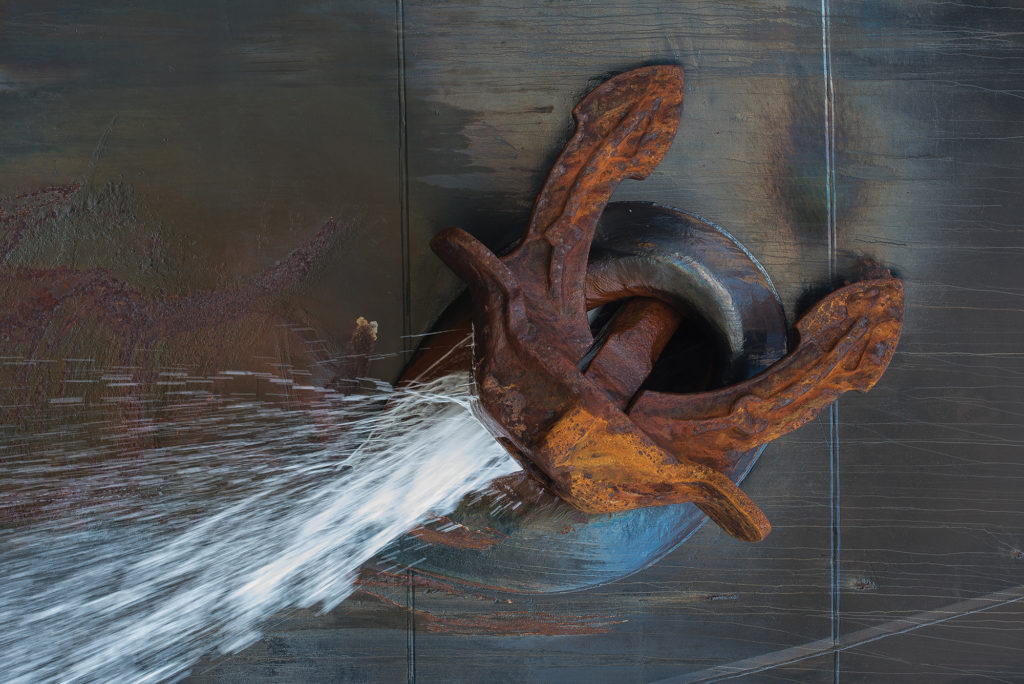A bow thruster or stern thruster is a transverse propulsion device fitted to the bow or stern of a vessel to assist with manoeuvring. Bow thrusters allow the vessel to turn to port or starboard side, without using the main propulsion system, which requires some forward motion
ATZ with our partner, Aegir Marine, have the parts, service and experience to overhaul most thruster types.
